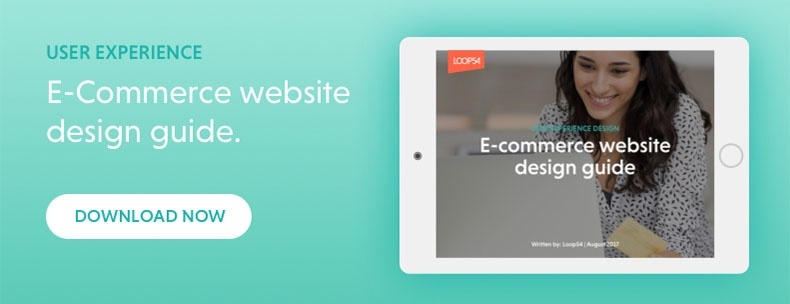As a B2B organization, you're probably aware of the huge opportunity that e-commerce offers your business. Frost & Sullivan and Forrester Research put B2B e-commerce sales between $1.1 and $6.7 trillion by 2020, comprising 12-27 percent of all B2B revenue. While e-commerce is on the rise, it still represents only a small portion of total sales in B2B. This is mainly due to most B2B e-commerce solutions failing to keep up with technology and changing needs of customers.
One of the areas in which most B2B e-commerce applications fall behind is personalisation. Brand-to-consumer organizations have more readily adapted advanced personalisation of advertisements and marketing content. By contrast, most B2B e-commerce portals are outdated and take a "one solution fits all" approach. Smart segmentation, personalised product recommendations, personalised search, individualised site experiences and user-generated content are practices your business can't afford to skip if you want to grow your portion of the B2B e-commerce profits.
Smart Segmentation
The appropriate segmentation of customers is one of the most important personalisation tactics for B2B e-commerce. It also forms the basis for all other personalisation strategies. Proper segmentation can give you advantage of the competition, as 50 percent B2B marketing professionals only target two or fewer market segments -- if they know their market segments at all. Your segmentation should be based on intelligent, automated tools and can be based on a range of factors, including demographics, purchasing style, location in buying cycle and more. Business2Community offers criteria for determining the right segmentation for your business.
Personalised Product Recommendations
One product doesn't meet every customer's needs in the B2C realm -- and the same is true of your B2B customers. The next logical way that you can take advantage of personalisation to grow your business is by providing personalised product recommendations for each organisation, based on their customer segment. These product recommendations use gathered data to provide the right recommendations to new customers, providing them with solutions they are likely to use and generating additional income for your business.
Personalised Search
Personalised search is another important tool that can give your customers a better experience and make it easier for them to find what they are looking for. Based on events like clicks, add-to-cart and purchases, the search engine will learn what a customer is interested in, and feature these product (or similar ones) more prominently in the next search as well as in category navigation. In addition to direct results, Loop54's search engine also gives you the possibility to display related results that do not contain the original search phrase in their metadata.
Individualised Site Experiences
Capital One's Spark Pay site lists an individualised site experience as a best practice for B2B e-commerce. When catering to different niches, multiple storefronts allow you to provide a unique experience to each of your client business categories -- without needing to build a complete, separate website for every type of business that you serve. A centralized e-commerce system will help you keep all your information consistent while delivering an individualized storefront experience that appeals to your various customer businesses.
Even without separate storefronts you can create individualized site experiences by using segment specific assortments. This allows you to limit the product selection that certain types of customers see, displaying only the types of items relevant for just this customer segment. In addition, site can be individualized by segment specific pricing, where product pricing adapts based on pre-set customer conditions instead of applying a discount during checkout, thereby making pricing more transparent. This personalisation gives each of those businesses a site that is better suited to them and their needs, greatly increasing the likelihood of a sale.
User-Generated Content
The practice of user customer photos and other materials, known as user-generated content, has long been a favorite online marketing tactic of B2C retailers, who capitalize on images of customers using or wearing their products. While it may not seem as natural to use the same strategy for B2B, user-generated content can also be effective in this e-commerce realm. For example, a FAQ page that dynamically adjusts based on questions received and other ongoing input from your customers. Other uses of user-generated content that provide a personalised experience for your B2B customers include creating active communities, encouraging collaboration and holding contests.
Personalisation tactics and technology are not just for B2C businesses. Especially in the competitive world of e-commerce, your B2B organisation can take advantage of smart segmentation, personalised product recommendations, personalised search, an individualised site experience and user-generated content to successfully convert more leads to sales.



